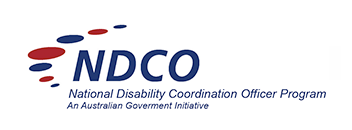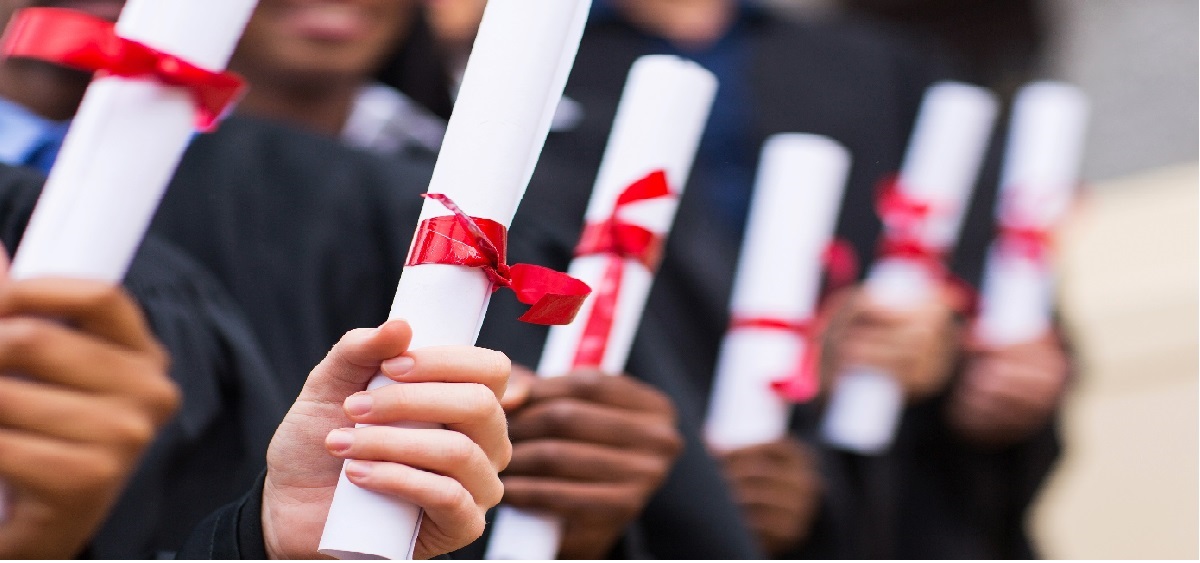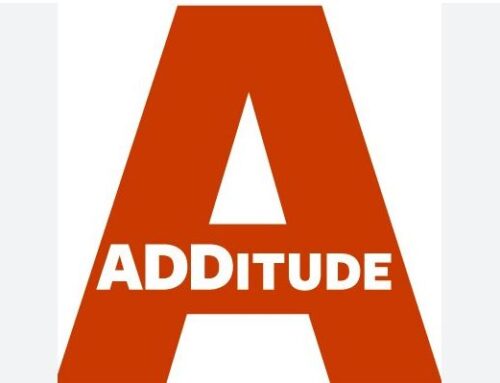The Conversation article
Published: July 13, 2022 6.03am AEST
The proportion of Australian university students from under-represented backgrounds has “barely moved” in more than a decade, federal Education Minister Jason Clare noted last week. About 15% of undergraduates came from low-socieconomic-status (SES) backgrounds in 2008, he said, and a target of 20% by 2020 was set. Today the figure is around 17%.
Since 2010, the Australian government has invested nearly A$1.5 billion in higher education equity programs. Yet participation and retention rates for the various equity groups remain stubbornly lower than for other students. Equity groups include students from low-SES backgrounds and regional and remote areas as well as Indigenous students and students with a disability.
The new minister’s commitment to improving outcomes for students from disadvantaged backgrounds is welcome. The challenge is to identify exactly how to achieve that goal. Reasons for the lack of progress to date are both “big” (macro) and “small” (micro).
At a macro level, the systemic issues include:
- finance – on average, students now takes 9.4 years to repay their university debt, but the perceived financial risk increases for those from less wealthy backgrounds
- distance – students from rural and remote areas often must relocate for their studies, adding complexity to educational choices
- prior education – students don’t have equal access to the knowledge they need to succeed at university. They might have attended a school where going on to university is unusual or be the first in their family or community to do this.
Click on this link to go to the full article
This article is part of The Conversation’s Breaking the Cycle series, which is supported by a philanthropic grant from the Paul Ramsay Foundation.






